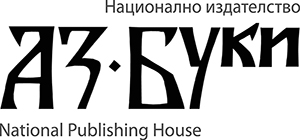Zolyan Tigranovich
Im. Kant Baltic Federal University
https://doi.org/10.53656/for2024-04-07
Abstract. It is generally accepted that the pronoun “I” can only refer to the speaker, and cannot be used in any other way. However, as demonstrated in the article, the “figurative” use of the pronoun “I” is also possible, when a discrepancy between the use of this pronoun and the designation of the speaker may occur. The pragma semantic basis for the possibility of such use is the dual, or two-component reference of the pronoun “I”, which simultaneously indicates the speaker in the hypostasis of the subject of speech (utterance) and as the subject of the sentence. In the most general form, this distinction can be represented as a distinction
between performative and descriptive aspects of usage; and this makes it possible
to simultaneously carry out semiotically different operations of self- and other-
reference. At the same time, in special modal contexts, it is possible to separate
these aspects, which may cause polysemy and the figurative (metaphorical) use of
the pronoun “I”.
Keywords: the pronoun “I”; self- and other-reference; performative and descriptive usage; E. Benveniste; V. Vinogradov


